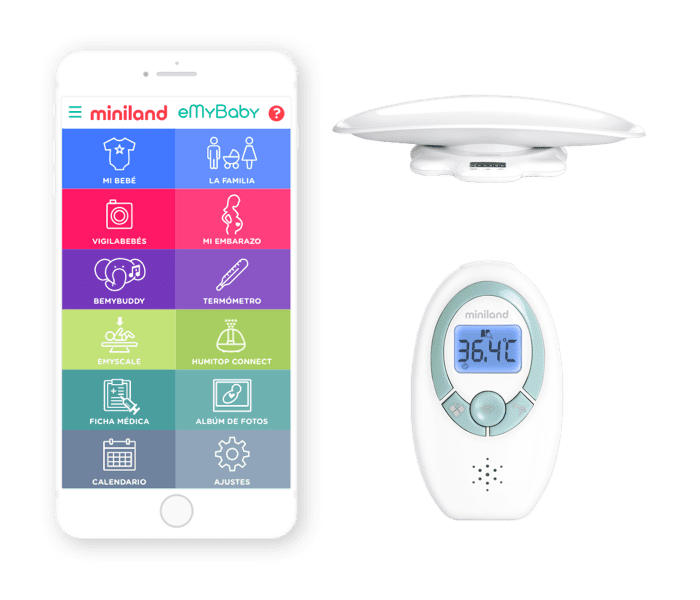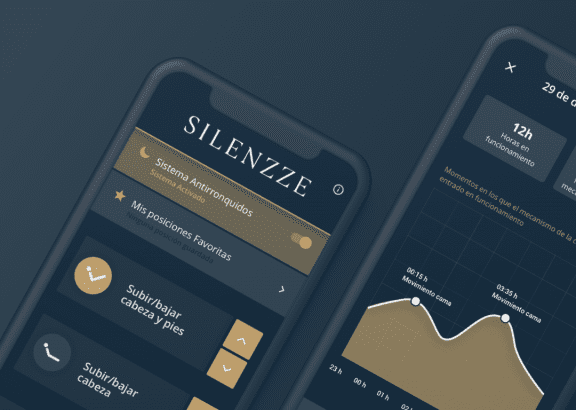A crossing with a red traffic light for wheeled vehicles and green for pedestrians. No passers-by are waiting but there is a queue of cars growing. Automatically, the traffic light turns green and, in a matter of seconds, the queue of vehicles dissolves. An articulated bed capable of modifying the user's position. When the system, controlled via a mobile app, detects snoring it will automatically change posture in order to guarantee quality sleep for the user. A smart bracelet that can detect arrhythmias in real time for the prevention of stroke. Recycling bins that report their fill level, allowing the collection route to be planned on the go. Hundreds of other examples just like these, use the connection of a physical and everyday device with the IoT to transmit data to the network
When the connection of machines or devices is linked to the IoT by companies or for the provision of services, it is possible to automate processes, which translates into greater efficiency in reduction of costs, time and improvement of results.
The benefits apply to sectors as diverse as agriculture and the environment, buildings and smart cities, and public services. Ditrendia found that companies are relying on the use and development of connected devices for reasons such as cost reduction (44%), process improvement (37%), productivity (33%), and competitiveness (33%).
When the connection of the device to the network affects the end consumer, it improves their quality of life or, simply, makes life easier. We make life easier when we can cook remotely from our mobile phone thanks to the connection through an app with the kitchen robot, and we gain quality of life when, after a weekend trip, we arrive home and the temperature is correct thanks to having programmed the heating.
The reasons that lead users to use connected devices? Security (72%), time savings (57%) and financial savings (45%), according to the Ditrendia Mobile Report in Spain and in the World 2020.
The mobile as an enabling device
Many of the devices connected to the internet can be controlled from applications, so the smartphone is positioned as an enabler. When we talk about the end-user experience and the linking of devices to a network (vehicles, appliances, clothing, etc.), the mobile phone is the tool that allows centralising of the data transmitted by the device, so that the user can control their use and monitor their activity.
According to Deloitte, in a study of mobile consumption in Spain, the IoT devices with the highest penetration are those related to entertainment, comfort and security at home, together with lighting systems and intelligent air conditioning
5G Technology
The Internet of Things is responsible for the increase in devices connected to the internet and, together with the emergence of 5G technology, which will expand the capacity of the network, it is expected that more applications will be developed, focused mainly on the control of smart homes.
From sensors that detect water leaks, gas leaks and fires, through to the control of doors, blinds, windows, burglar detectors and remote air conditioning, to wearables that can send alerts if the user needs service attention or notify relevant persons of a medical emergency. With the Internet of Things, users can control their homes and their own activity through mobile phones.
Globally, wearable sales are increasing annually. According to Ditrendia, in the first quarter of 2019, sales of connected devices reached 49.6 million units (55.2% more than in the same quarter of the previous year). Specifically, smart watches accounted for 62% of the market share
Fuente: IA
““The best management of mobile networks, even in places with little coverage, and the powerful reduction of network waiting times en red (latencia) latency) are the great drivers of the take-off of devices connected to the Internet of Things(IoT)”.
Vodafone Observatory.
The forecast maintains that, by the end of 2020, more than 50,000 million devices will be connected and sending information to the network.
According to Gartner consultancy, most of these are consumer devices, from smart speakers to clocks and door locks. The remainder relate to businesses: medical devices, motor sensors, industrial robots, and HVAC controllers.
The perfect duo: device and app
Companies like Miniland, which with specific developments such as the EmyBaby app have positioned the firm in the range of technological products, contribute to differentiation in the market.
The development of applications connected to devices, machinery or services allows companies to adapt to the market and reach consumers who not only seek the acquisition of products and services, but also a shopping and consumer experience.
Anti-snore beds, bracelets that can detect arrhythmias, traffic lights that manage traffic intelligently, and containers that send information on the filling volume to optimise planning of collection routes, are only the starting point of the demand from consumers and companies to improve the user experience and business results. Currently, and thanks to the development of the technology that makes these connections possible, this looks likely to meet the exponential growth predicted in forecasts.
Do you need more information or advice? Contact us.
Call us
Speak now with a Cuatroochenta consultant


